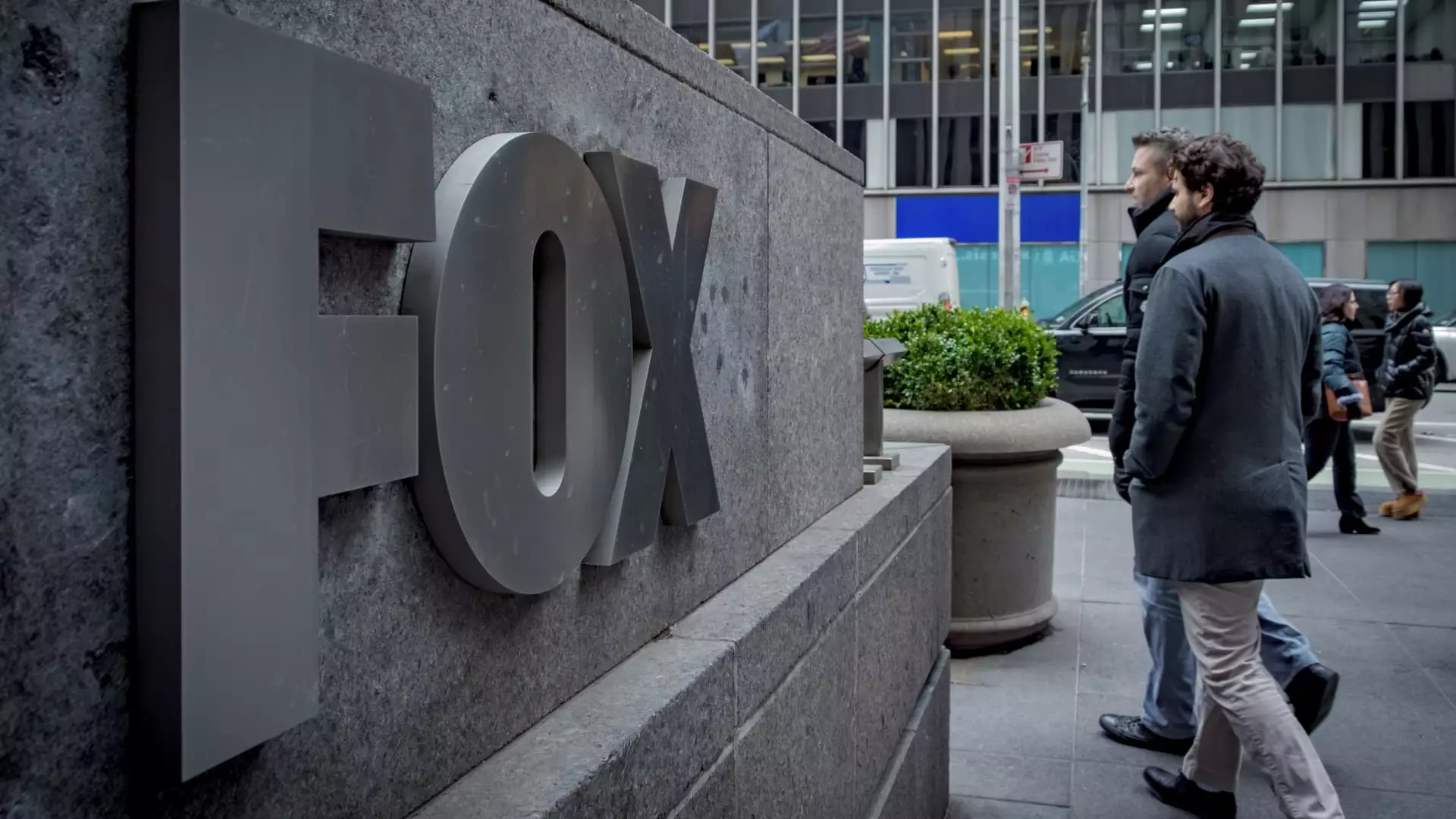Fox Corporation’s recent announcement of its new streaming service, Fox One, signals a cautious approach rather than a bold leap. Unlike industry giants aggressively expanding into original content, exclusive shows, and sports rights, Fox is opting to keep its streaming offering straightforward—hosted content from its existing channels at a predictable price point. This decision reveals a strategic reluctance rather than innovation. Fox appears to be hedging its bets, understanding that its core strength lies not in competing head-to-head with streaming giants but in consolidating what it already owns. However, this conservative stance risks being dismissed as complacent or out of touch in a rapidly evolving media environment where consumers increasingly demand fresh, exclusive content and seamless digital experiences.
The Price Tag and Value Proposition: Is It Competitive Enough?
Fox One’s $19.99 monthly fee sets a firm line, especially given the absence of original programming or exclusive offerings. While it’s advantageous that pay TV subscribers can access Fox One at no additional cost, this essentially limits the service’s scope and growth potential. A high price point without meaningful value—like original shows or unique sports rights—raises questions about its long-term appeal. Consumers are no longer willing to pay a premium solely for access to familiar content; they crave innovation, personalization, and exclusivity. Fox’s strategy seems rooted in minimalism rather than differentiation, banking on existing sports events and news programming to preserve relevance. But as competitors like ESPN+ and Disney’s new ESPN DTC gear up with fresh content and aggressive marketing, Fox risks becoming an afterthought in a crowded streaming landscape.
A Reflection of Fox’s Broader Strategy and Limitations
What stands out is Fox’s clear focus—sports and news, with no plans for expansion into entertainment or original content. Since selling off its entertainment assets to Disney in 2019, Fox has operated within a constrained niche. While this shielded it somewhat from the worst impacts of cord-cutting, it also leaves less room for growth. Launching Fox One feels more like a defensive move—protecting existing revenue streams—rather than an offensive strategy to capture new audiences or innovate. Murdoch’s emphasis on keeping the service “targeted” and avoiding disruptive bundling shows a cautious mindset. This approach may satisfy shareholders looking for steady, predictable income, but it ultimately underwhelms consumers craving more dynamic, engaging offerings.
The Future of Fox in a Streaming-Driven World
The hesitance to invest heavily in content and excitement could be Fox’s undoing. Consumers are increasingly fragmented, seeking personalized and exclusive experiences. If Fox doesn’t evolve beyond its traditional broadcast roots, it risks being sidelined in a media universe that values innovation above all. While bundling with other streaming services could offer some growth, it complicates the user experience and may further dilute Fox’s brand identity. Murdoch’s emphasis on keeping operations “focused” might appeal to conservative investors, but it doesn’t align with the broader industry trend—content is king, and exclusivity reigns supreme. By not prioritizing original programming or unique sports rights, Fox is essentially surrendering a competitive advantage, leaving an open field for rivals to dominate.
Is Fox Underestimating the Power of Streaming?
Fox’s approach reflects a fundamental misunderstanding of where media consumption is headed. In an era where consumers prefer on-demand, personalized, and exclusive content, relying solely on existing programming for its streaming strategy is a recipe for obsolescence. The lack of investment in original content or strategic partnerships suggests a shortsightedness that could undermine Fox’s long-term relevance. While maintaining a lean cost structure might offer short-term stability, it fails to recognize that the future of media hinges on innovation and consumer engagement. Fox’s measured, almost half-hearted entry into streaming suggests a company aware of disruption but unwilling—or unable—to fully embrace it.
Fox’s new streaming initiative embodies a cautious, perhaps overly conservative, strategy that risks leaving it behind in a landscape dominated by radical innovation and fierce competition. The decision to hold back on original content and spend modestly on what essentially amounts to a rebadge of existing programming could prove to be a missed opportunity—particularly as viewers increasingly demand more than just recycled sports and news. Whether Fox’s approach will sustain its relevance or result in stagnation remains to be seen, but what is clear is that in the world of streaming, sitting still is effectively moving backward.

